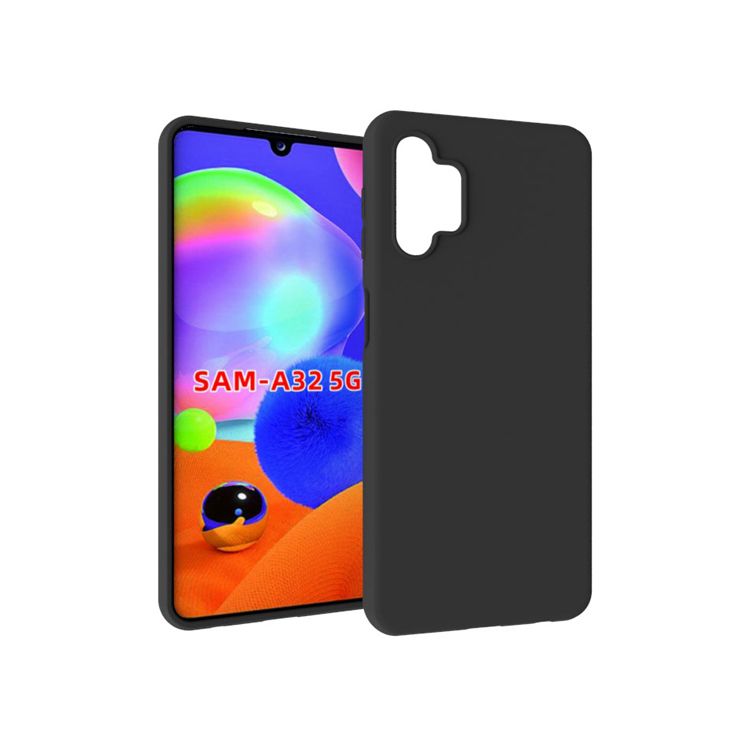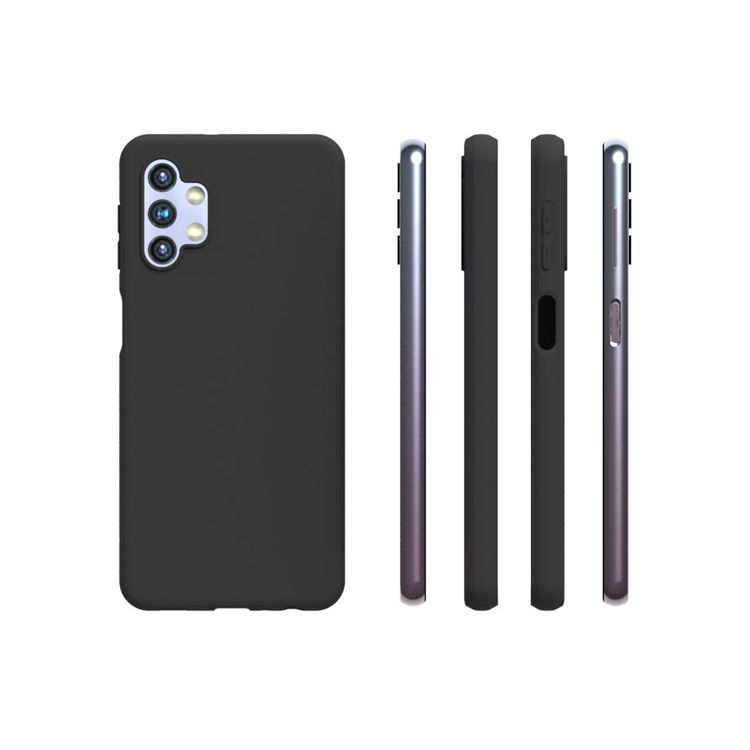Earlier this month, WhatsApp officially announced the rollout of WhatsApp Pay in India. Built upon the Unified Payments Interface (UPI) platform, WhatsApp Pay joins a growing list of UPI-powered payments services — which include Google Pay, Flipkart’s PhonePe, PayTM, and dozen more — to allow users to send and receive money between two bank accounts free of charge in a fast and secure way. Although service is limited to a fraction of WhatsApp’s user base, for now, it marks a big step forward for the Facebook-owned company as it looks to expand beyond its messaging capabilities and prepares to tap into e-commerce opportunities.
Background — A Long Quest
WhatsApp’s quest to launch its payments service in India dates back to 2018. In February 2018, WhatsApp obtained approval from the National Payments Corporation of India (NPCI) to beta test its payments service, which saw the company rolling out the service to 1 million users.
But what seemed like smooth sailing soon came to a sudden halt as the company engaged in a lengthy regulatory battle, which stretched for two years. One of the demands put forward by regulators was compliance with Reserve Bank of India’s data storage guidelines, which mandate all Payments Service Providers (PSP) to store financial data of users within the Indian territory.
RBI asked NPCI to hold the full-scale rollout of WhatsApp Pay until the company fulfilled these requirements. WhatsApp initially resisted the compliance but realizing there was no way around it, the company agreed to abide by the data localization requirements needed to receive a green light for the rollout.
WhatsApp appointed Deloitte, a third-party CERT-In auditor, to audit its compliance, which submitted its report to NPCI on May 29th, 2020, citing WhatsApp to be fully compliant with RBI’s data localization norms.
Satisfied with the report, NPCI then gave formal approval to WhatsApp and its Payments Service Provider, ICICI Bank, to go live on UPI in a phased manner, with the feature being made available to a maximum of 20 million users in the first wave.
But WhatsApp Pay is not available for everyone, yet
WhatsApp Pay has gone live for several users in India. Even though it’s only available for 20 million subscribers now, it will gradually be rolling out to more users over time under the strict vigilance of NPCI.
That brings us to the next question: Why is WhatsApp Pay not available for all users yet? NPCI, the body that operates the UPI, this month announced a 30% cap on the total volume of UPI transactions processed by Third Party App Providers. This 30% limit, the body argues, is to prevent big tech companies such as Google and Flipkart’s PhonePe from monopolizing the market and hurting the small players.
According to the latest numbers released in October 2020, Google Pay and PhonePe alone accounted for 83% of the market share while PayTM, Mobikwik, Amazon UPI, and others held measly 17%.
WhatsApp has more than 400 million users in India. With such an enormous reach, it could potentially disrupt the market dynamics and wreak havoc on infrastructure if it were to roll out UPI functionality on such a massive scale overnight.
The 30% cap comes into effect from January 2021 for new entrants and will be calculated based on the total number of UPI transactions processed within the preceding three months. The existing players will have a period of two years to comply. So while WhatsApp has not officially mentioned any reason for its limited rollout, we reckon its this limit that keeps the service cautious about running too fast right from the start.
How to use WhatsApp Pay
Requirements for using WhatsApp Pay are pretty basic: you need the latest version of WhatsApp and some luck — there’s no other way to force the feature. If you’re already running the newest version of the app and want to try out the feature, luck permitting, here are the steps to start sending and receiving payments on WhatsApp:
- Make sure you’re on the latest beta version of WhatsApp. We got this feature working on the latest WhatsApp Beta. In the future, we reckon the feature will be rolled out to stable users, but for now, you need to be on the Beta.
- From within the app, tap on the three-dot menu from the upper right corner and look for the Payments option. If you can’t spot it, which was the case on my mom’s account, the feature isn’t available for you yet. We also observed that older accounts are more likely to receive the payments feature in the first phase than the relatively new accounts.
- Even if you see the Payments option in the menu, it’s still not guaranteed the feature is activated for your account. You might either be greeted with the “You can’t set up payments in WhatsApp right now.” error or get a screen that looks like this (in which case congratulations, the feature is available for you):

- The onboarding process is very straightforward. Tap on the “Add payment method” and select your bank from the list.

- WhatsApp will try to find and link your bank account associated with your mobile number. You might be asked to verify your phone number via SMS — a common ritual among UPI apps when setting up the account for the first time.

- If the linking process went smooth, you should now have everything in place to start sending and receiving money through WhatsApp Pay.


The WhatsApp Pay Experience
Using WhatsApp Pay is very similar to using any other UPI app, but since the service is integrated right into the WhatsApp app, it makes for a much more simplified and less cluttered experience. The UI is refreshingly clean and intuitive, with the main emphasis on peer-to-peer transactions. You also have the option to scan QR codes for paying at merchants and businesses. It doesn’t replace a full-fledged app like Google Pay — you can’t pay your bills or electricity, for example — but for just sending and receiving money, it gets the job done fairly well.

If the recipient has set up WhatsApp Pay, sending money is as simple as selecting the contact number, entering the amount, and punching in your UPI PIN. In case the other party doesn’t have the payments feature yet, you have the fallback option in the form of sending money to their other UPI ID — assuming they use something like Google Pay or PhonePe, or any UPI, for that matter. Just ask them to share their UPI ID — which should look something like 91XXXXXXXX@okicici or <username>@<bankupi> — and complete the transaction. Similarly, you can also receive money onto your own WhatsApp Pay UPI ID from other service providers by providing your own ID. But the ID that WhatsApp generates looks like <Your Phone Number>.wa.xes@icici, which isn’t as intuitive as other username based UPI IDs. So the soft “requirement” for both the sender and receiver having WhatsApp Pay is to simplify the username sharing process and take the thinking out.
The Road Ahead
With more than a dozen UPI apps floating around in India, it won’t be easy for WhatsApp to convince people to switch over to its own flavor of UPI overnight — irrespective of the merits it might hold in the way of ease of use and simplicity. The 30% volume cap and phased rollout certainly don’t help either. But there’s no doubt that WhatsApp Pay holds the potential to become one of India’s leading payment platforms. It also paves the way for e-commerce opportunities that Facebook has been eyeing for years, as well as a viable way to monetize the instant messaging platform.
WhatsApp has the natural advantage of being a household name in India. Unlike other UPI apps, it won’t have to go on a hunt for new users, nor will it have to beg people to install yet another UPI app on their phone. The app is already present on more than 400 million devices, so the company’s task is reduced to figuring out how to nudge those users to get in the habit of using WhatsApp Pay.
WhatsApp Pay will be pivotal in shaping Facebook’s broader strategy to integrate WhatsApp Business more tightly and provide a full-fledged e-commerce experience right within the app.
The post How to use WhatsApp Pay for sending and receiving money appeared first on xda-developers.
from xda-developers https://ift.tt/36cerdM
via
IFTTT
















